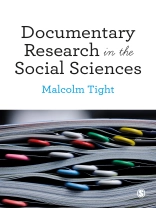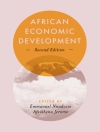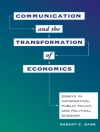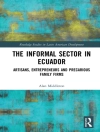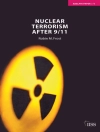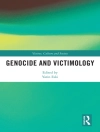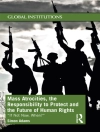From diaries and letters to surveys and interview transcripts, documents are a cornerstone of social science research. This book guides you through the documentary research process, from choosing the best research design, through data collection and analysis, to publishing and sharing research findings.
Using extensive case studies and examples, it situates documentary research within a current context and empowers you to use this method to meet new challenges like digital research and big data head on.
In a jargon-free style perfect for beginner researchers, this book helps you to:
· Interrogate documentary material in meaningful ways
· Choose the best research design for your project, from literature reviews to policy research
· Understand a range of approaches, including quantitative, qualitative and mixed methods.
Accessible, clear and focused, this book gives you the tools to conduct your own documentary research and celebrates the importance of documentary analysis across the social sciences.
İçerik tablosu
Part I: Starting Documentary Research
Chapter 1: Introduction
What this Book is For
What the Book Contains
How to Use this Book
Chapter 2: Documents and Documentary Research
What is a Document?
Varieties of Document
The Possibilities and Advantages of Documentary Research
Documents in, or as the Focus of, Research
The Purposes and Usages of Documents
Chapter 3: Finding and Reading Documents
Accessing Documents
Ethical Issues
Sampling and Selection
Issues to Consider when Researching Documents
How to Read Documents
Keeping Records
Chapter 4: Documentary Research in the Disciplines
Documentary Research in the Social Sciences
Documentary Research outside the Social Sciences
Part II: Genres of Documentary Research
Chapter 5: Designing Documentary Research
Documentary Research Designs
Documentary Research and Other Research Designs
Documentary Research in Combination with Other Research Designs
Chapter 6: Literature Reviews
The Nature of Literature Reviews
The Functions of Literature Reviews
Types of Literature Review
Chapter 7: Systematic Reviews and Meta-Analyses
Systematic Reviews
Meta-Analyses
Chapter 8: Secondary Data Research
Secondary Data and Secondary Data Analysis
Advantages and Disadvantages of Secondary Data Research
Types of Secondary Data Analysis
Examples of Secondary Data Analysis
Where to Get Secondary Data
Chapter 9: Archival and Historical Research
The Nature of Archival and Historical Research
Types of Data and Sources
Examples of Archival and Historical Research
Chapter 10: Policy Research
The Nature of Policy and Policy Research
Types of Policy Research
Examples of Policy Research
Part III: Techniques for Documentary Analysis
Chapter 11: Analysing Documents
Analysis of Written Texts
Analysis of Audio-Visual Texts
Chapter 12: Quantitative Approaches
Simple Quantitative Analysis
Quantitative Content Analysis
Other Forms of Quantitative Documentary Analysis
Chapter 13: Qualitative Approaches
Thematic Analysis
Qualitative Content Analysis
Discourse Analysis
Conversation Analysis
Narrative Analysis
Chapter 14: Mixed Methods Approaches
Triangulation and Mixed Methods
Why and How to Combine Quantitative and Qualitative Approaches in Documentary Research
Examples of Mixed Methods Documentary Research
Part IV: Where Next?
Chapter 15: Sharing and Disseminating your Research
Evaluating Your Research
Seminars and Conference Presentations
Writing Up for Publication
Planning Further Research
Chapter 16: Conclusions
Yazar hakkında
Malcolm Tight is a Professor in the Educational Research department at Lancaster University.
